Updated January 13, 2021
Have you heard this? The hair of double coated dog breeds doesn’t grow back properly after being shaved.
Right now you’re either in one of two camps. Either you’re nodding because your breeder has already warned you, or you’re thinking, “how ridiculous!”
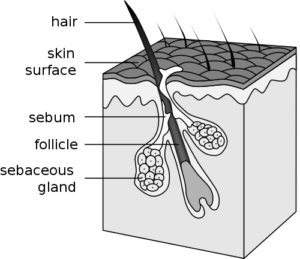
The truth is that this is a myth, and a dangerous one. I have spent 25 years watching dogs’ coats be shaved and regrow in regular cycles and instead of harm, only seeing good in our climate. Yet many owners of breeds with thick hair are too scared to ever touch their dog’s coat.
I don’t blame them; it’s the myth that needs tackling. So in a minute I’m going to give you the proof you need to give your dog a haircut. But why would we want to clip a dog’s coat anyway?
Why Dogs Need Haircuts
There are at least five reasons why a dog may need their coat clipped off:
- To prevent or treat matting
- To maintain good skin hygiene
- For medical reasons
- Grass seed prevention
- For temperature control
The first four are obvious, but what about keeping cool? Believe it or not there’s even a myth about this.
You will hear otherwise sensible people tell you that a double coat helps keep a dog cool by insulating them. Once again, ridiculous. That might be true if dogs were lizards, but the constant production of heat by the body has to go somewhere.
You’ve only got to look at how much perkier a dog gets in an Australian summer after clipping. As I’ve said before, dogs can’t sweat and most aren’t bred for hot weather.
Not that I’m a clipping fanatic. If you can keep your dog cool through summer, I’m perfectly fine with a thick coat. But I see huge numbers of dogs that would be so much more comfortable, if only they could be shorn.
And by winter time, when they need it, their coat has grown back just fine.
The Proof Of Hair Regrowth
There’s nothing like seeing it with your own eyes. So what I’ve done is to trawl through online image folders, looking for the same dogs. As people post pictures over their dogs’ lives, you can see their coat come and go with the seasons.
In each case, the picture with hair is taken after the one with the haircut. If this doesn’t convince you that the coat grows back properly, click on the source links at the end and check out the dogs themselves.
These dogs look funny, don’t they? That’s often the hardest thing for an owner to accept. I repeat: these are the same dogs!!!
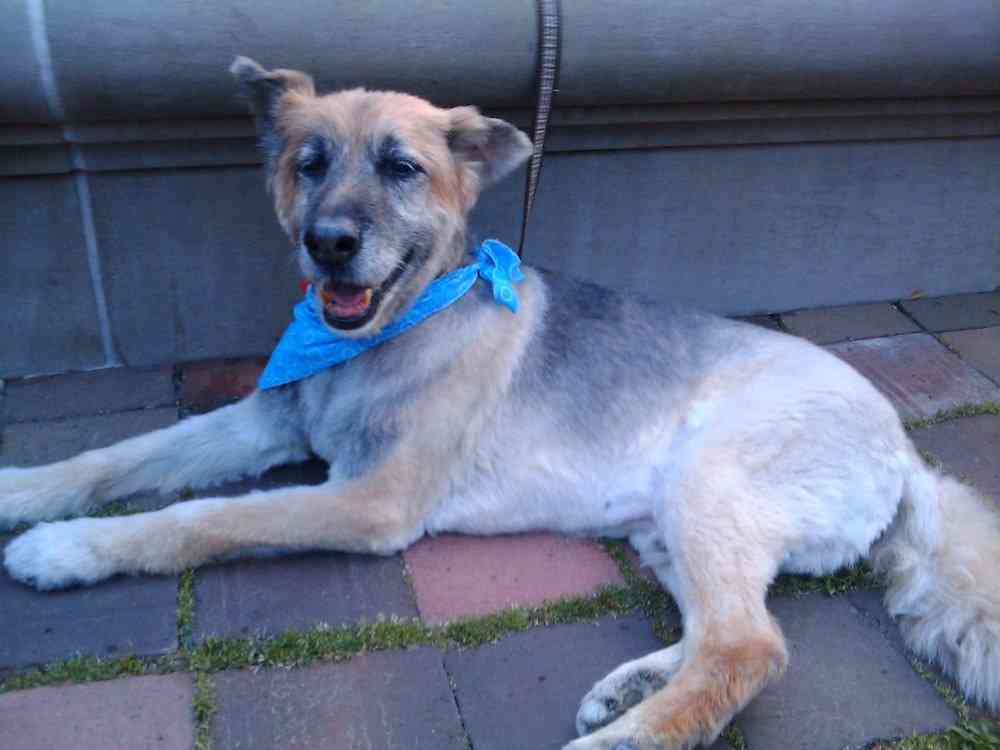
German Shepherd before 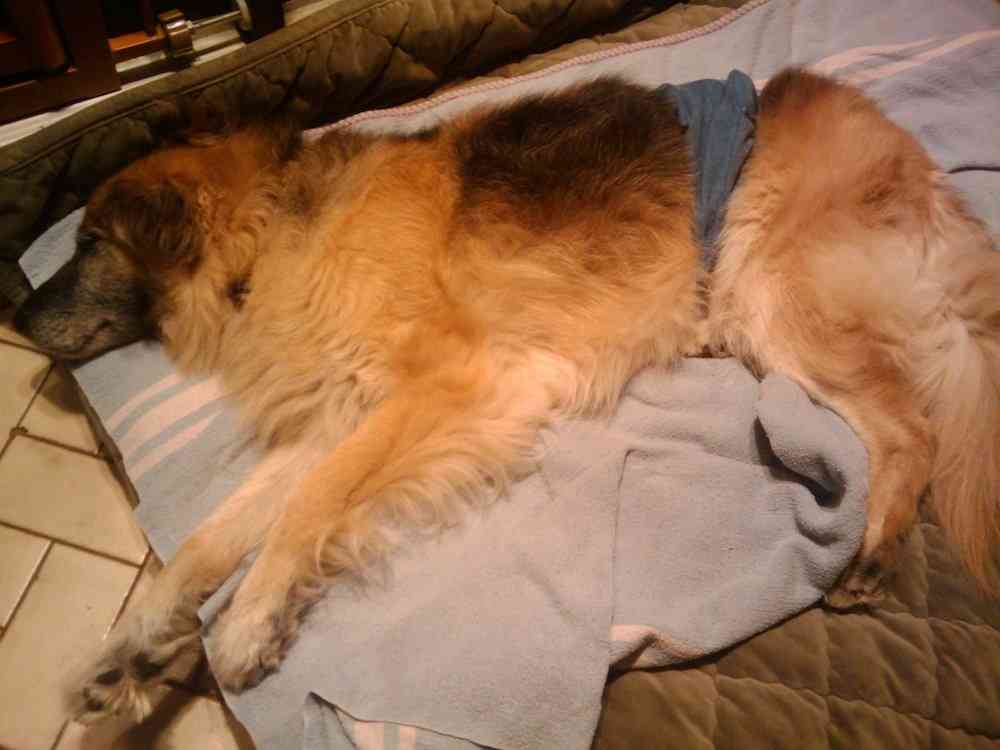
German Shepherd after 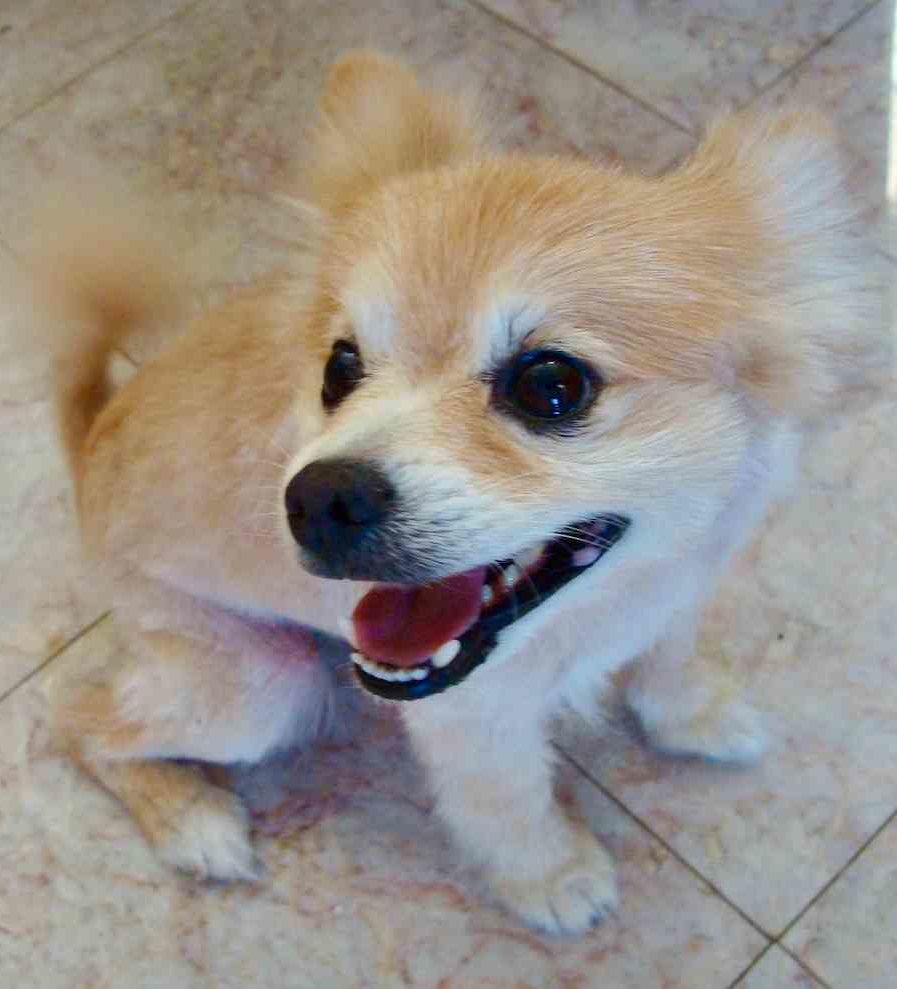
Pomeranian before 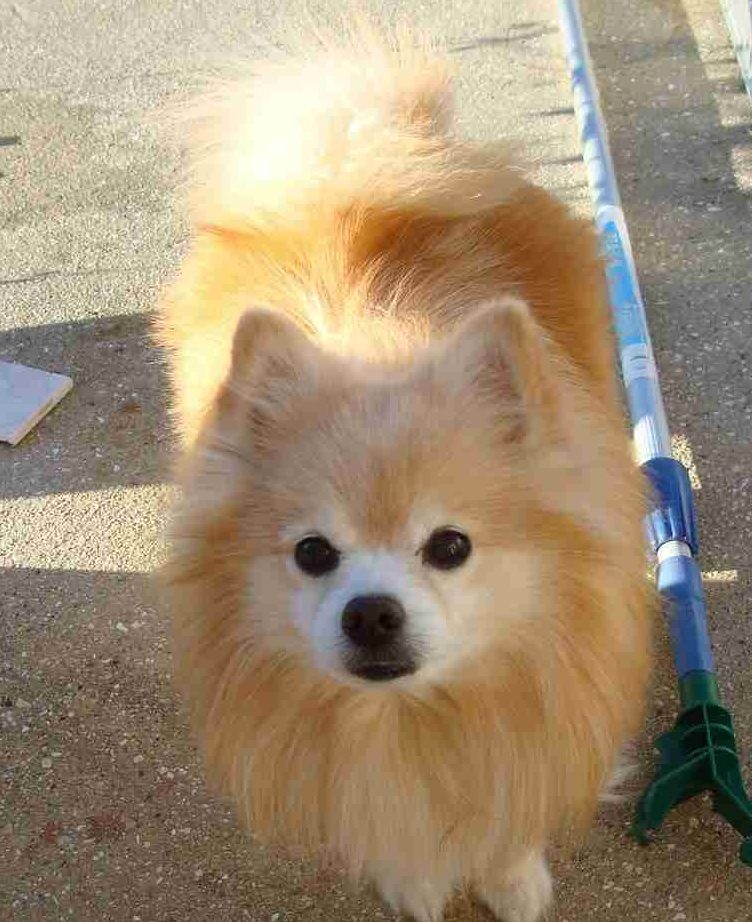
Pomeranian after 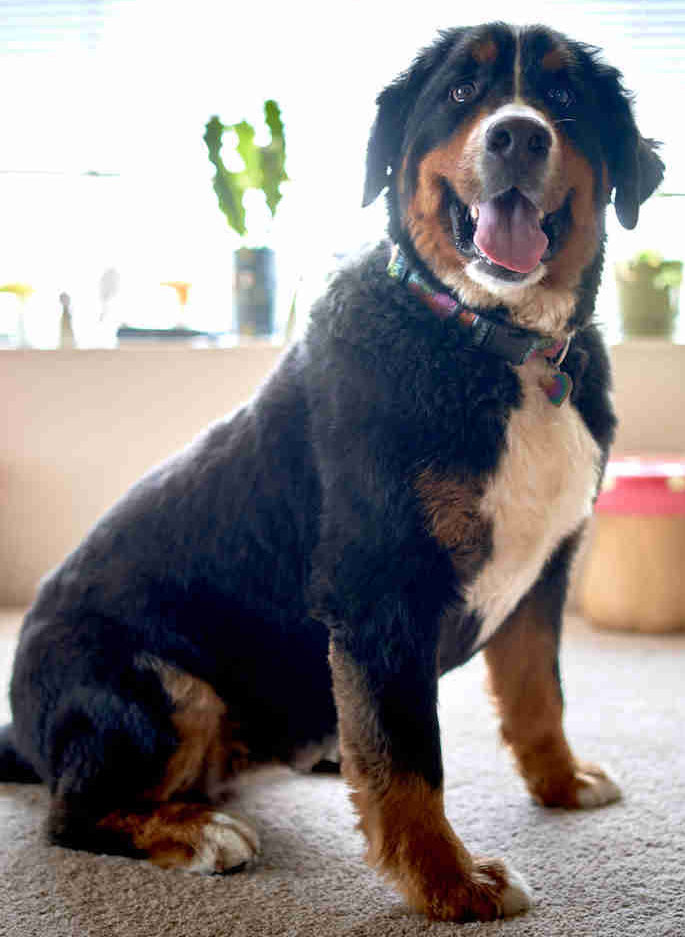
Bernese Mountain Dog before 
Bernese Mountain Dog after 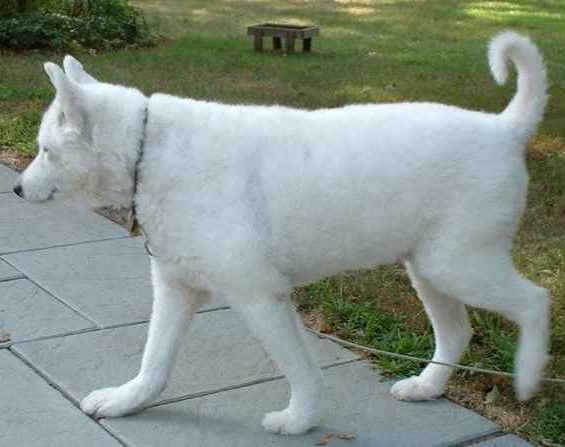
Samoyed before 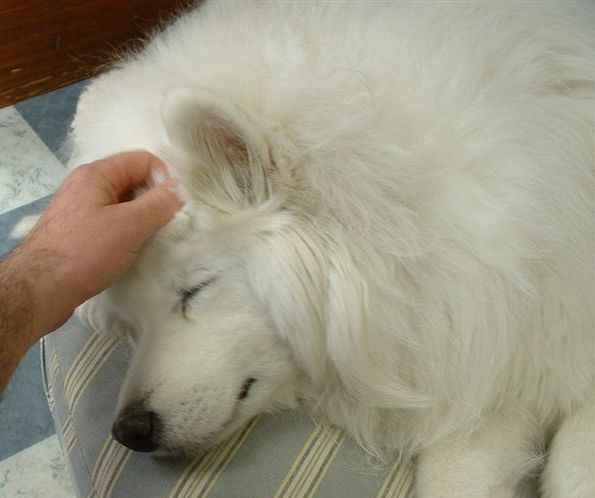
Samoyed after 
Border Collie before 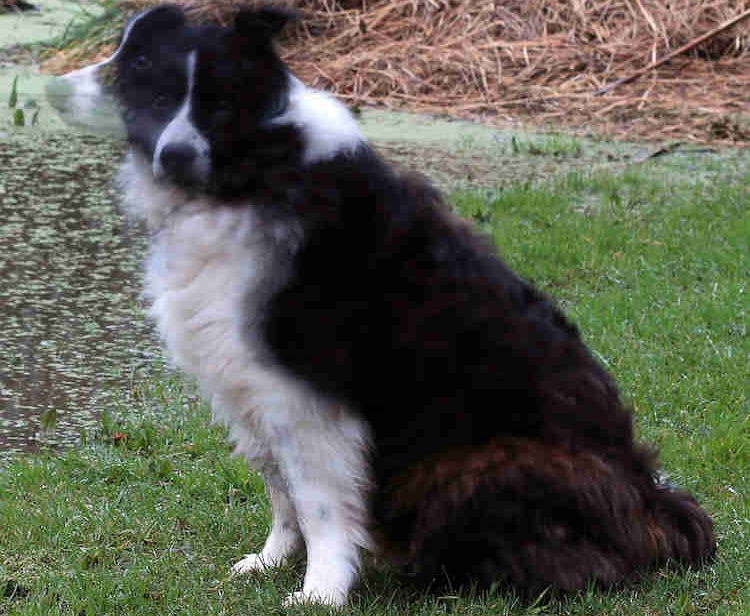
Border Collie after 
Malamute before 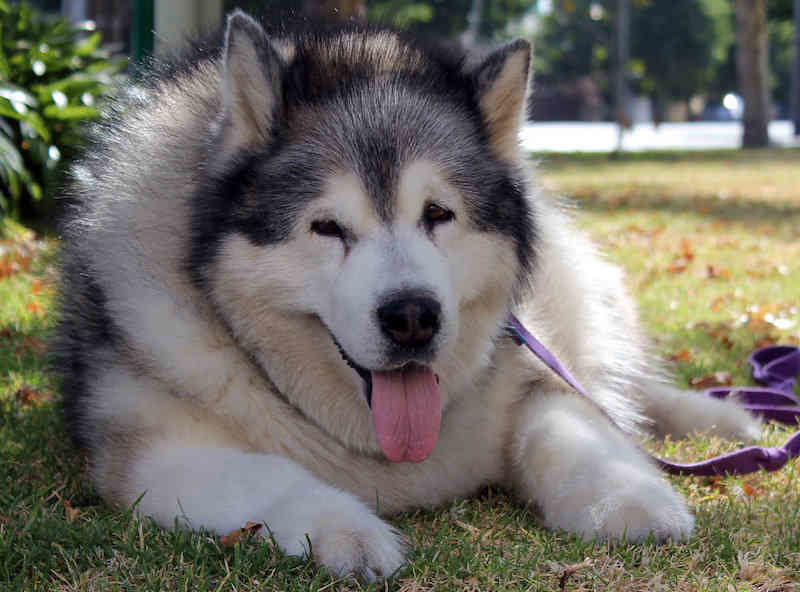
Malamute after 
Collie before 
Collie after 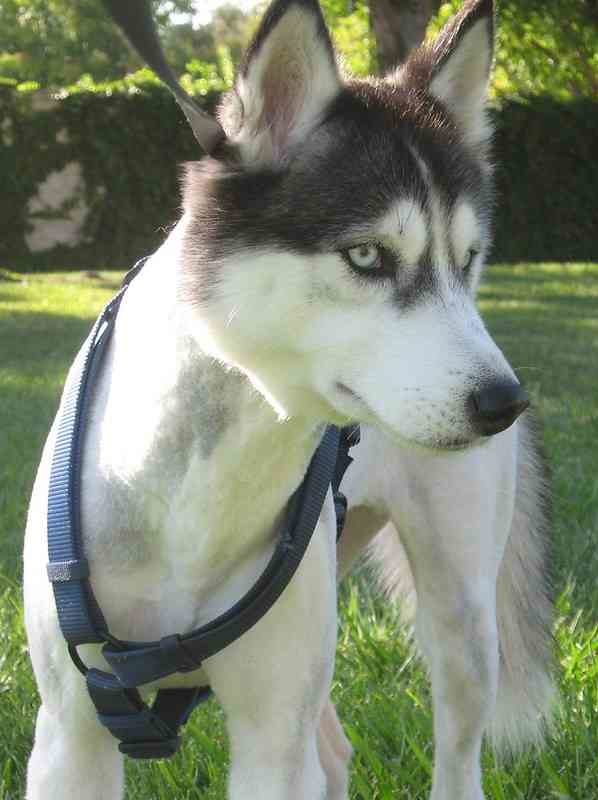
Husky before 
Husky after
Other double coated breeds might be Old English Sheepdog, Bearded Collie, Newfoundland or Spitz (see more at the link below). I sometimes think that more people would keep these handsome dogs if they knew that they could clip them each summer.
Of course, vets know that areas they shave (e.g. for surgery) will regrow in time to become indistinguishable from the surrounding coat. Note that shaving in a dog sense means close clipping, not the use of a razor!
One potential downside of clipping a dog may be increasing the chance of sunburn. I haven’t seen it, but it could happen easily for the first few weeks after clipping if your dog is a sunbather. The same of course applies to the more commonly clipped breeds like poodles.
One last comment is that clipping is not an alternative to good coat care. All the other things that are required to keep your dog’s coat in good condition still need to be done.
Why Dog Hair Doesn’t Regrow
Sometimes, after grooming or clipping, the hair doesn’t grow back properly. It’s these events that have created the myths around haircuts.
With certain diseases, the hair cycle shuts down completely, but the hair doesn’t fall out. It just stops being renewed. You’ll only know this has happened by either:
- The coat looking shabbier than usual, or
- Failure to regrow after clipping
If it happens to your dog, don’t blame the clipping, look for the disease. There’s nearly always a hormonal imbalance like cushing’s disease or hypothyroidism at the heart of the problem. By fixing it, your dog won’t just have a better coat, they’ll feel a whole lot better.
Related: All About Dog Grooming | A List Of Dogs With Double Coats
Have something to add? Comments (if open) will appear within 24 hours.
By Andrew Spanner BVSc(Hons) MVetStud, a vet in Adelaide, Australia. Meet his team here.
Note: comments are now closed but you should find many common questions already answered below!
Image Credits
Without these dedicated dog lovers, none of this would have been possible.
Border Collie before
Border Collie after
German Shepherd before
German Shepherd after
Collie before
Collie after
Chow Chow before
Chow Chow after
Husky before
Husky after
Pomeranian before
Pomeranian after
Samoyed before
Samoyed after
Bernese Mountain Dog before
Bernese Mountain Dog after
Malamute before
Malamute after
Also don’t forget the Pyrenean Mountain Dog at the start (called Great Pyrenees in the USA). Image credits: before & after.

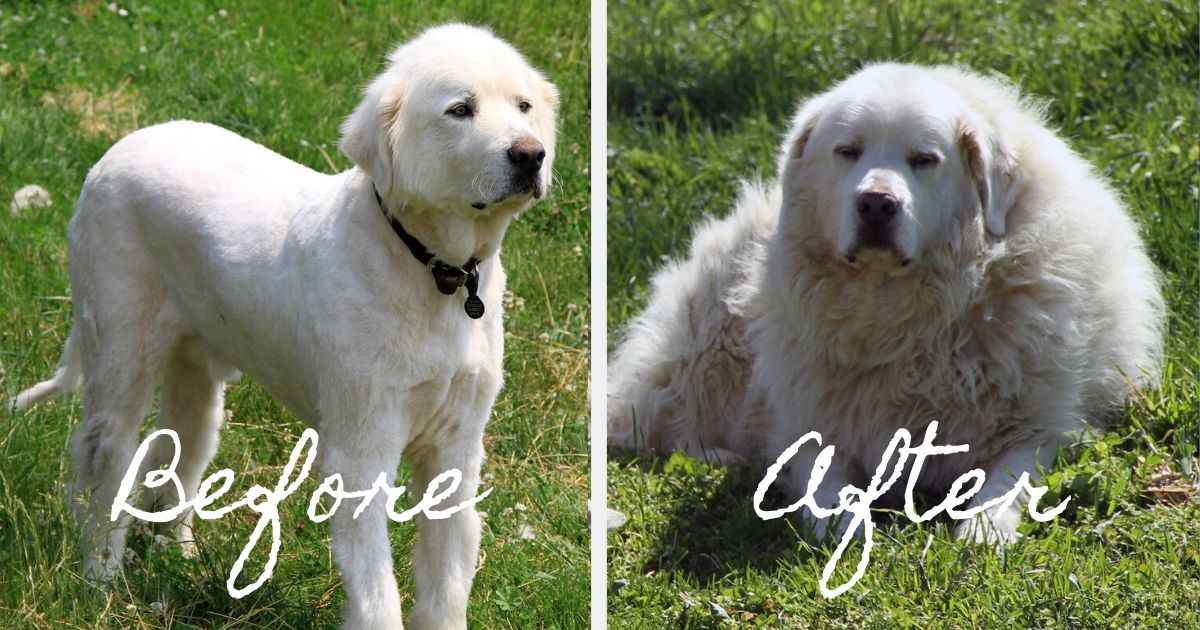
Hey Andrew. Thanks for your advice. I’ll do some research of my own. I plan to go out in the Adelaide sun in a winter dressing gown and an overcoat. If I feel a bit warmer than my usual shorts and a t-shirt, I’ll book a summer clip for my double coated border collie . I’ll let you know how we both get on with my non randomised, non controlled trial.
Sounds fair!
Do you realize that all of your before/after photos are incorrectly labelled? The “before” photos show a clipped dog and the “after” photos show a dog in full coat. Unless you have some way of magically adding hair or fur back onto a dog (for the “after” photo), you might want someone to edit your text in the future.
Regarding the term “clipping”, possibly the term is used differently in Australia. In America, we use 2 different terms – clipping and shaving. Those that groom (either professionally or their own dogs) use clippers with different size blades to cut a dog’s coat to varying lengths, based on either the breed standard or the owner’s preference. My Old English Sheepdog is in “full coat” and his groomer uses clippers to keep his hair at an average length of 4”/10 cm. Some owners go to the extreme and have their dogs shaved down to the skin. These are the dogs who are susceptible to sunburn, skin cancer, and if they are a dense fur, double coated breed, possibly, alopecia.
I would agree there certainly could be underlying conditions for alopecia, such as thyroid problems, parasites, etc. However, as a clinician in the medical field, your saying alopecia is not a possibility after shaving is a myth is completely irresponsible. Especially because “You say so.” rather than presenting any clinical evidence to prove otherwise.
Hi Sophie. You have misunderstood and possibly not fully read the main point of article. The ‘after’ photos are the same dogs taken when the hair was completely regrown, at least 6 months later.
We hope for scientific studies, but currently this is all we can do to judge the positive or negative effects of clipping or shaving on regrowth. However, as I say above, the idea that it can damage structures beneath the skin surface (i.e. the hair follicle) seems anatomically highly unlikely. The term ‘shave’ as used by dog owners or groomers refers to close clipping, not the use of a razor. Even a ‘shaved’ dog still has 5-10mm of hair above the skin.
I am very interested in your perspective from the human medical field and if you have evidence that clipping can cause alopecia I would greatly appreciate you posting it in a reply.
We have a 5 month old extremely fluffy Golden Doodle who was never cut. Sent him to groomer to get paws and eyes cleaned up. When I picked him up, I was devastated to see that they had given him a poodle head cut. They left the rest of his body fluffy and untouched. How long will it take for his head hair to grow? They did not shave it to the scalp, left about 2 inches deep of undercoat. Also wondering will it always be off balance with the rest of his body no matter how long the head hair grows?
Hi Gina. I can’t really say how long it will take as this article is really about double coated breeds. He will return to normal in time.
Hello thank you so much for this amazing article does it also apply to Bichon frisey bichon got all shaved at the groomer before i came back to pick him up i am wondering how long it would take to grow back thank you.
It certainly applies to any single coated breed like Bichons or Poodles.
I would beg to differ on the evidence posted here. In every single after photo (other than the pomeranian), I see obvious evidence of coat damage. The undercoats look very thick and impacted while the guard hairs have not grown in properly. The issue with this is that the dog will not only look quite poorly, but will be very hot after the hair regrows because of the thick undercoat. So you cause a poor cycle where the dog must continually be shaved to be comfortable. Generally dogs that have thick coats will benefit from a good deshed. I believe people should not choose to own dogs that are not adapted for the climate they live in.
Yes we will definitely have to disagree. I posted the ‘after’ pictures because they look like any other (unclipped) dog I see, but of course a) I don’t have an expert’s eye, and b) coat care in the general public is not always optimal. Note also the advanced age of the ‘after’ German Shepherd and Collie.
Hey there! Thanks for this article!! So yesterday, I invited a friend over to give my 6 year old golden retriever a trim, I left for around 20 minutes, and I came back to a half shaved dog. She shaved my dog’s tail and back, not the head, legs, paws, or underbelly. We left it like that. My worry is that it is Mid-November, will she be too cold this winter? She is an indoor dog, but we keep the house cold at around 60 F. If you dont mind to answer a couple question? Will she be too cold this winter? How long do you think it would take to regrow? Is there anything we can do to help it grow faster, and help keep her warm? Thanks!
Hi Mary-Kate. She is likely to feel the cold went outside this winter, but you might be surprised how little she shows it. Just look at all those short-haired dogs running around in the snow – they have a far less insulating coat than the one she’s just been given. The coat will probably take around three months to provide decent insulation. There’s not much you can do to speed it up, but you could always get her a nice fleece coat to put on when she goes outside.
Thank you for sharing! This has honestly given me a real sense of relief.
My pomeranian-long haired chihuahua cross had glorious long fur and after asking the groomer for his pads to be tidied, I came back to a complete stranger with fur only max ¾” long all over! I suspect he has the pomeranian double coat and I have been panicked that he’ll never grow his fur out again; he had regal black-tipped feathers which have gone, along with the majority of his whiskers. I’ve been told those won’t regrow.
It sounds from what you say as if he might be able to regrow his fur back to its former glory? Do you think this would take years or months?
Hi Kaz – with such a long and complex coat it could well take a year before it reaches its former state but most look pretty good after six months
Hi Andrew, thanks for the article. My dog just came back from the groomers and they had clipped him all over for the first time and after going online and seeing so many articles damning shaving I am hoping this one will source some truth! I am a bit worried still cause he is a mixed dog (cocker spaniel/cavalier x Japanese spitz), over 9 years old and has arthritis, do you foresee him potentially having more issues growing his hair back?
Hi Alice. No, he should be fine if there are no underlying problems.
Hi. My terrier mixed breed had a small hairless area develop with some inflammation. The vet shaved her whole chest and treated with cortisone. None of the shaved area has grown back in well over a year. Any thoughts?
Hi Dave. If your dog is still receiving prednisolone, that is likely to be the cause. You could ask about a dose reduction or the use of Apoquel or Cytopoint instead. Otherwise, consider hormonal or parasitic causes; a skin scraping for Demodex mites is a good idea, followed by blood testing if normal.
Hi there, my Siberian husky was shaved half way due to mats but the groomer over did it. By the time I got there it was already to late. Now I’m here wondering this and that because of all the negative things against shaving a double coat. Today it’s been 3 months since he got shaved like a lion and the undercoat has come in nicely but the guard hair are very very little and not everywhere and seem lighter. Does the hair color actually change after shaving? There’s also a spot where it seems a bit bald and black spots which I thought it could be the skin but I see see hair now. Wish I could post pictures but the option is not present. I’m just looking for hope from an expert.
Hi. You will find a picture of a Husky in the article above showing what normal regrowth looks like. However, as I said, regrowth will not occur if there are any diseases restricting normal coat production such as thyroid disease. In your case, three months is quite early for a full coat of a Husky – the guard hairs in particular probably will take six months to regenerate fully, and until then their tips will be of a different colour so I wouldn’t be too concerned yet. See your vet if you feel the regrowth is insufficient or slow.
This guy Andrew is an idiot vet who, if he has a license, obviously got it WAY down under. DO NOT BELIEVE THIS ARTICLE. it is terrible nonsense, dangerous, and completely unsubstantiated with no factual basis. If you have a dog with double coated fur their insulating coat keeps them cool in the summer, not hotter, and without their guard hairs their skin is exposed to harmful ultraviolet rays, making it easy for the dog to get melanoma. Aside from this it will never grow back correctly. As the undercoat continues to regrow, the guard hairs do not, and they may never grow back completely. If you shave a dog’s coat – and please do not! – then you must keep it inside out of the sun, else the sun’s rays can kill it! And yes I have known owners whose dogs have died from melanoma because of this. This is not a myth, but Andrew the Vet is promoting an extremely dangerous one. Do the canine world a favor Andrew: stop giving deadly advice and go work at McDonald’s.
Hi Don. It’s certainly a divisive topic and I think your strong feelings are shared by many other people. However, I hope the evidence of coat regrowth speaks for itself and I have equally strong feelings about the comfort of dogs in hot climates like ours. As for melanoma, that’s worth discussing too. Canine melanoma, although common, is not associated with exposure to the sun in the way it is in people. Most dogs that die of melanoma have an oral form. Sun-associated skin cancer of dogs is generally either squamous cell carcinoma or haemangioma. Here you are correct that dogs with very short hair and pink skin should be protected from the sun, but it’s surprising how short the hair needs to be. In our clinic, most skin cancer is only seen on the hairless and pink areas of individuals that sunbathe, usually the abdominal skin, and almost never on the back or head even of short-haired breeds.
Hello
Can you shave Golden Retrievers? And how long does it take for there hair to grow back?
Hi Melanie. What I said above also applies just as well to Golden retrievers. The hair takes approximately three months to grow back, but like most dogs with longer hair it doesn’t look completely natural until about six months.
Is this the same for a golden retrievers tail. Would it grow back?
Hi Aishwarya. Yes it will, but it will take longer due to the length of the hair. That could be 6 to 12 months to full shape.
I have a shihtzu is very matted she is a year old will her hair grow back
Hi Barbara. Shi tzus are not a double coated dog, and therefore not the subject of this article. Please see a groomer ASAP.
What about cairn terriers? I was told not clip as the wire coat won’t come back and coat will be dull etc
Hi Cara. I have known many Cairns who get clipped every year, and it has always grown back just fine.
Should shizitzu (?) be shaved
Hi Abby. Shi Tzus generally need regular grooming as their hair will otherwise grow continuously and get matted – you can brush every day but most people get them clipped between every six and 12 weeks.
Thank you for this piece. As a former vet tech and now human nurse, I heard this nonsense for the very first time today, having owned my dog for 14 years and having him intermittently professionally groomed, as well as doing this myself at home. Today I paid someone $60USD to try to lecture me about double-coated breeds and how his hair won’t grow back, or it will grow back changed. I told her that I have never heard this in my life, and what I should have said was that’s crazy and you sound ridiculous. Instead, perhaps I’ll print this and mail it to her. I know people who have had chemo with hair changes and wonder if that’s how this started, without understanding the physiologic changes that chemotherapy can cause? Regardless, it’s just dumb, and shows the utter willingness of people to believe everything they hear.
I’ve been super worried about this but shaving my GSD with his long white coat had to be done. He had surgery and was shaved all over the place, and had mats for lack of proper grooming before that. I needed this reset button and was happy to see the picture of the white Pyrenees! Looks a lot like my boy. I’m relieved and hope his coat grows back to its former glory. I got him a nice jacket to keep him warm now that it’s winter. Thanks!
Interesting article Andrew.
My choice of breed ( Akita Japanese), are double coated spitz breed and they naturally go through a shedding period several times a year = normal…..hair everywhere.
However, I have known some Akita owners who have a long coated, ( LC) Akita, ( a recessive gene), & who have clipped their dogs thinking it would help with keeping them cool. No, no , no !
Fast forward, besides their undercoat & top coat acting as a natural insulator from the elements, some of these LC JA’s have developed Sebaceous Adenitis, ( SA), which is an autoimmune skin disease, and the likely trigger was due to clipping their dogs.
I cannot comment on other breeds. Yet know my own breed, should not be clipped, except for medical intervention(s) , having a good grooming session, ( with hydrating shampoo properties), every 6-8 weeks approx. and I brush my dog’s daily with certain grooming spray – never brush a dog with dry fur.
Just my contribution. Thank you.
Hi I have had 2 Akita’s and my sister has as well, one of hers being a long haired Akita… We chose to clip all of our dogs as well as the Red Heeler females I have had over the years as well… All dogs were notably happier and more active after they were clipped…
Please take the word of an actual owner breeder of Akita’s, not that of someone who knows someone!!! Please…
All Akita’s are very prone to autoimmune skins diseases, including one of mine and nothing to do with clipping…
As a qualified hair dresser and now a nurse, think about the physiology of the skin and hair growth and you will certainly choose to clip these poor dogs that should not be in our climate ..
Help these poor animals and clip them…
Interesting. I have a Norwegian Elkhound, and we moved to Auckland earlier this year. We lived in the UK before that, so although my dog didn’t enjoy the summer heat, it didn’t last long and we coped by walking early morning and evening.
In Auckland we’re doing the same, but my dog is not enjoying the heat, even in spring.
Elkhound breeders and owners will all tell you not to clip them, and some in the Facebook Elkie owners groups have recounted how their rescue dogs came to them having been clipped, and the coat did take an age to recover. It does seem from the article by the groomer that you linked, that the guard hairs might indeed take a long time to grow back, depending on where the hair is in its growth cycle?
I can’t see there being a problem with regrowth of undercoat, as that never seems to stop growing.
So I’m thinking about going for it. I guess a comfortable dog whose coat looks a bit crap is better than a good looking overheated dog.
I might discuss it with my vet when we go for annual health check in a few weeks. And if I go for clipping, I might not mention it on Facebook!
Should have also said, my dog is 11.5 years old, neutered, and weighs a few kilos more than he should.
Hi Nicky. You make some sensible points (including not posting on Facebook! – I certainly regret it). It’s true – the speed at which guard hairs will regrow depends on the stage the dog’s coat cycle is in. Weight loss is also an excellent idea as you seem to already know.
Hi Andrew, I always thought a Border Collie couldn’t be Shaved because they have a double coat. Is this true or false?
Hi Noeline. That’s certainly what you are told but we see many Border Collies that are clipped for each summer without any problems, and they certainly seem more comfortable on hot days. There’s one pictured above.
Great article.. what gets me are those who shave pugs because of the hair shedding. If you have airconditioning and cool mats pugs don’t need shaving unless for medical issues.
Ridiculous article
Hi Louise. You are welcome to post here with your reasoning. This post, for example, attempts to apply some science and makes for a long but interesting read.
In reply to Dr Louise Bower.
Unprofessional response.